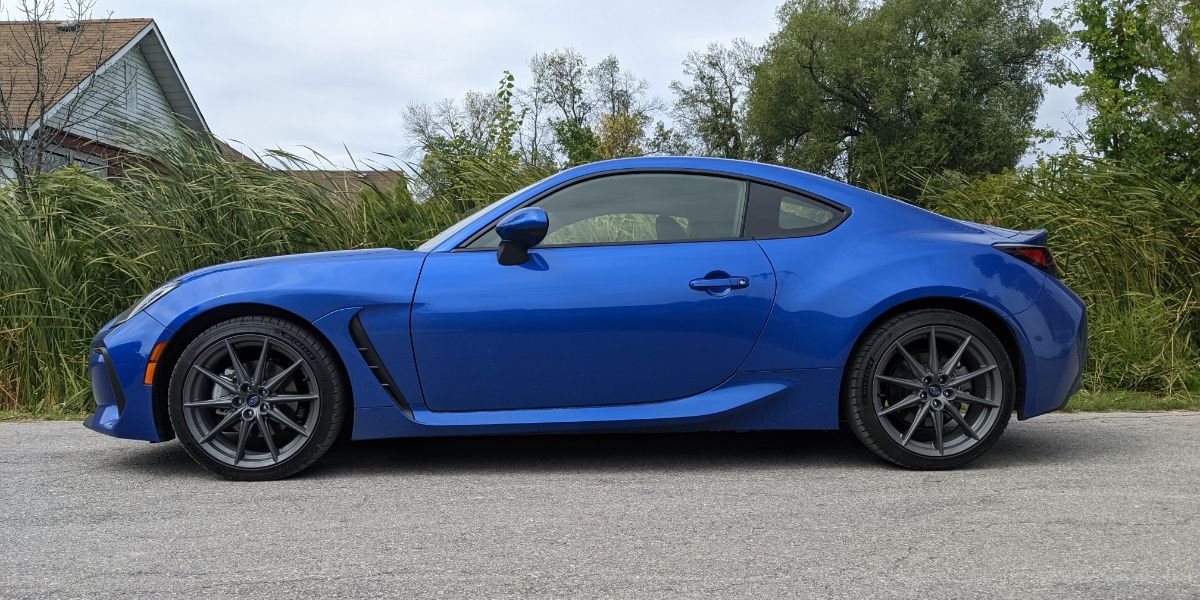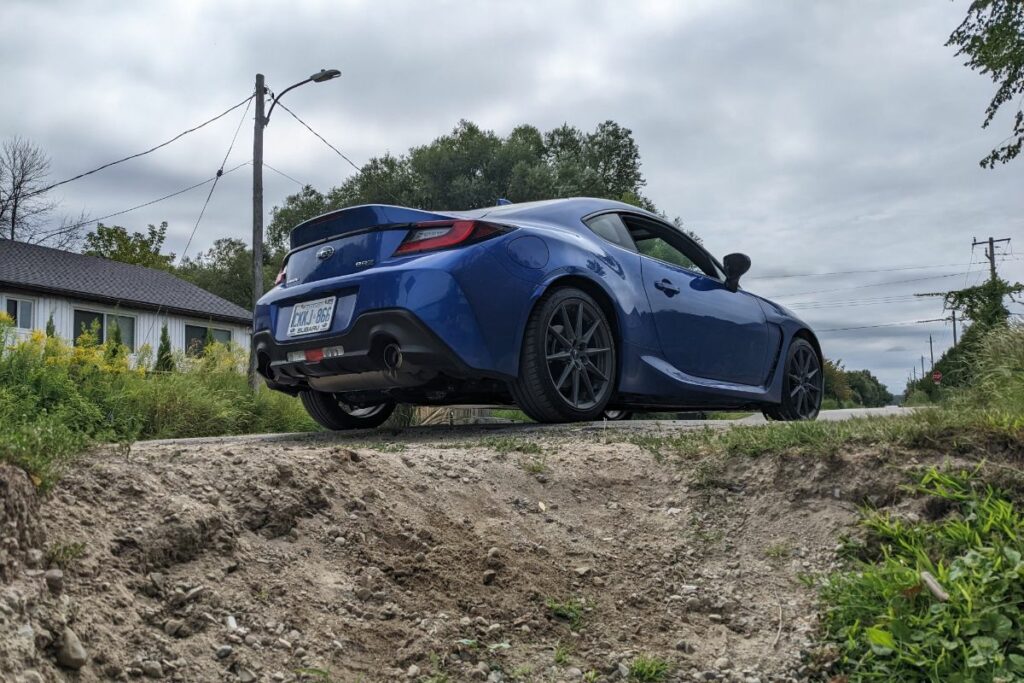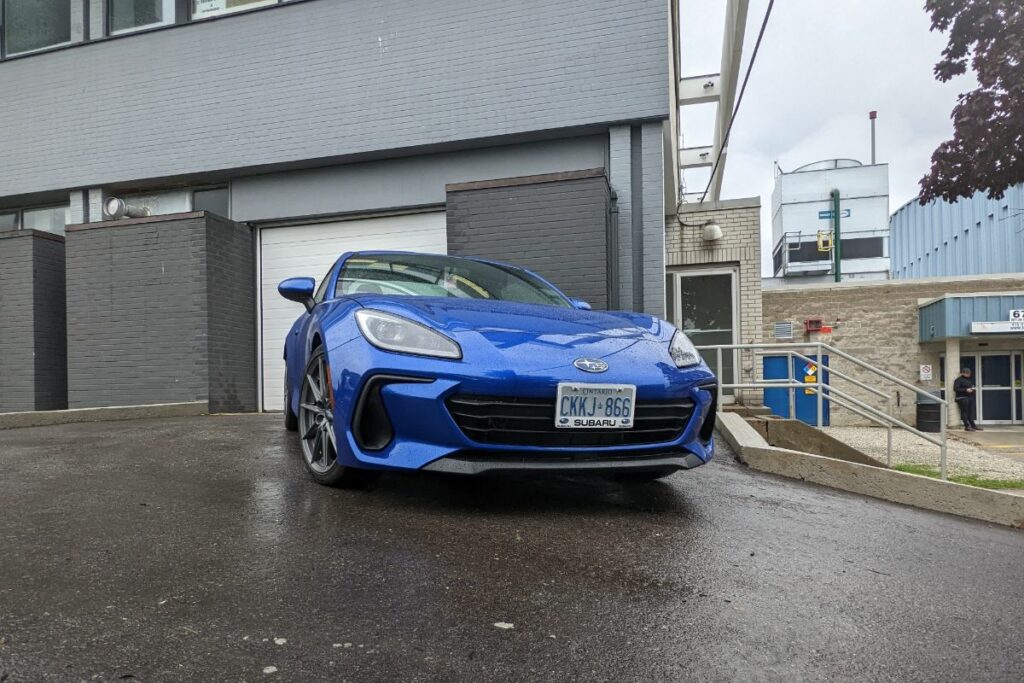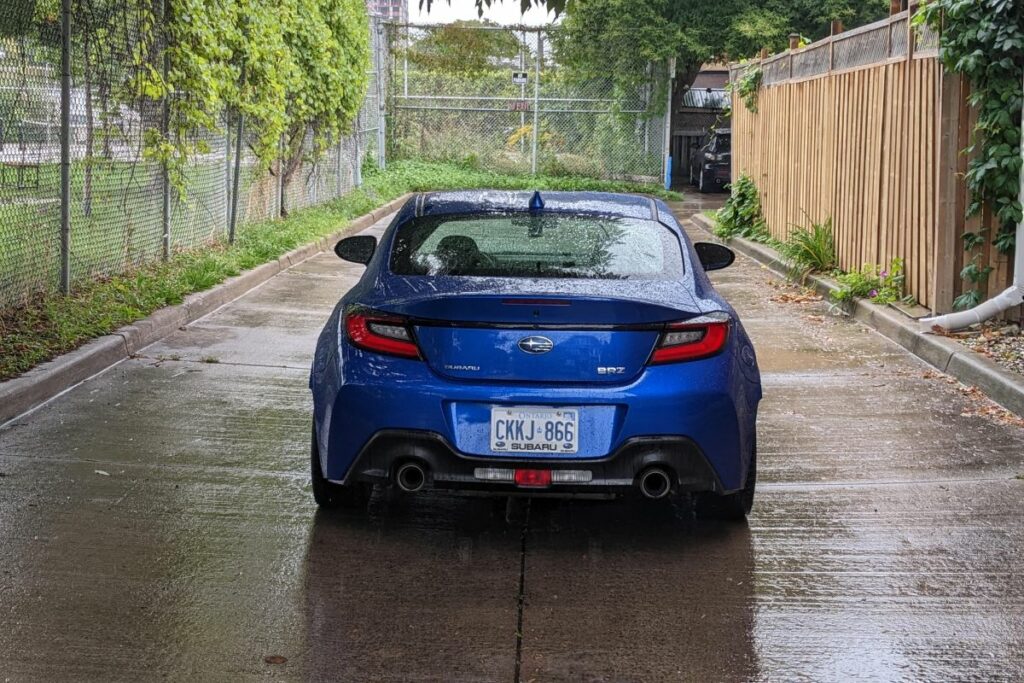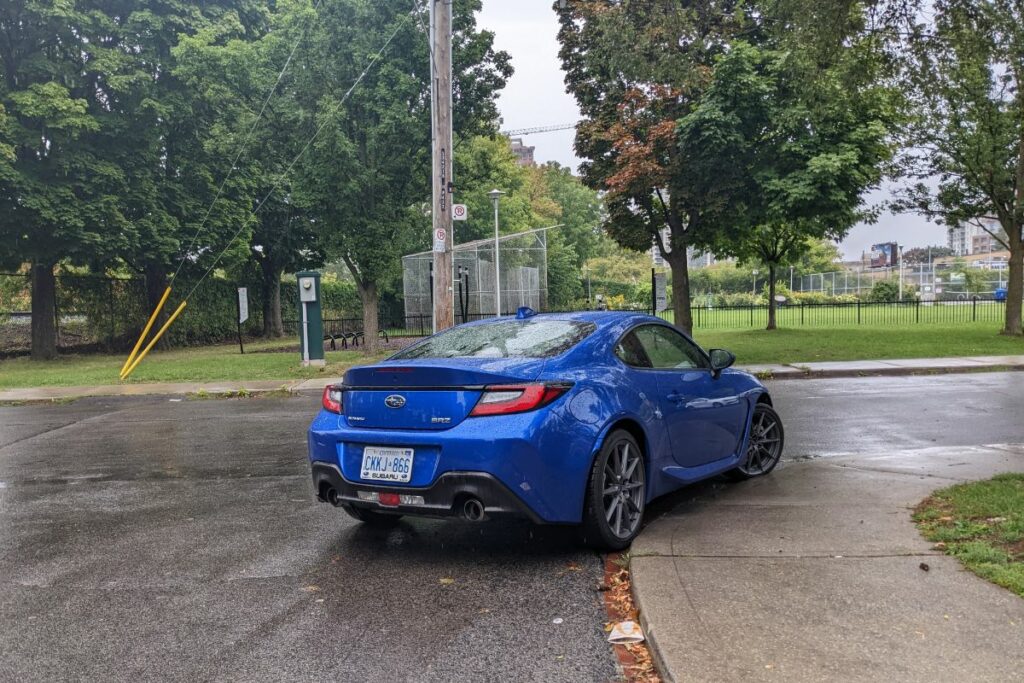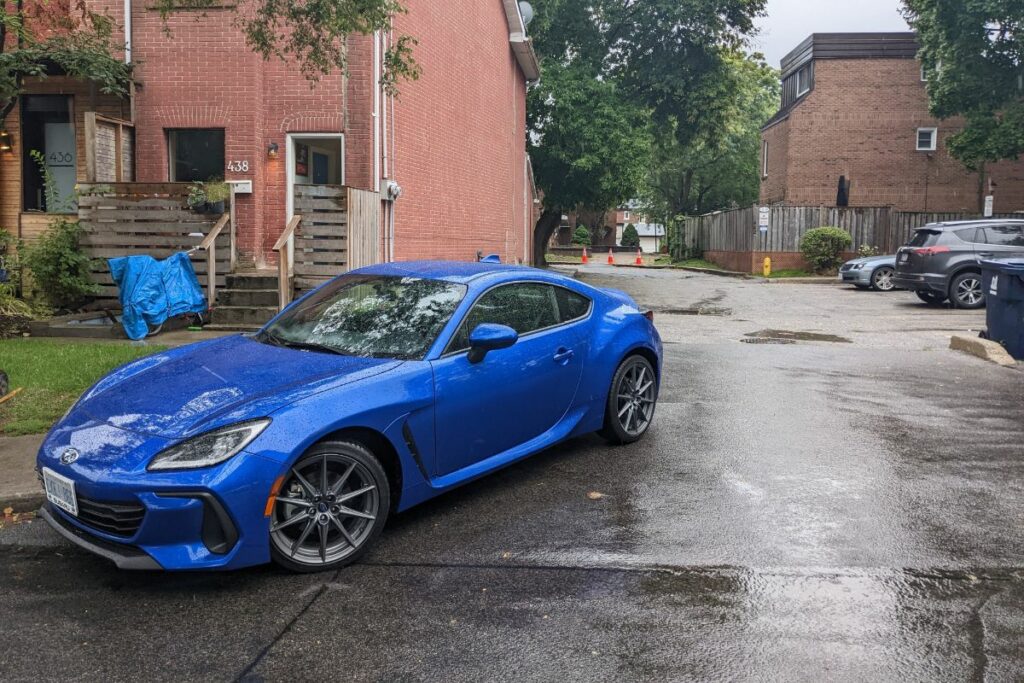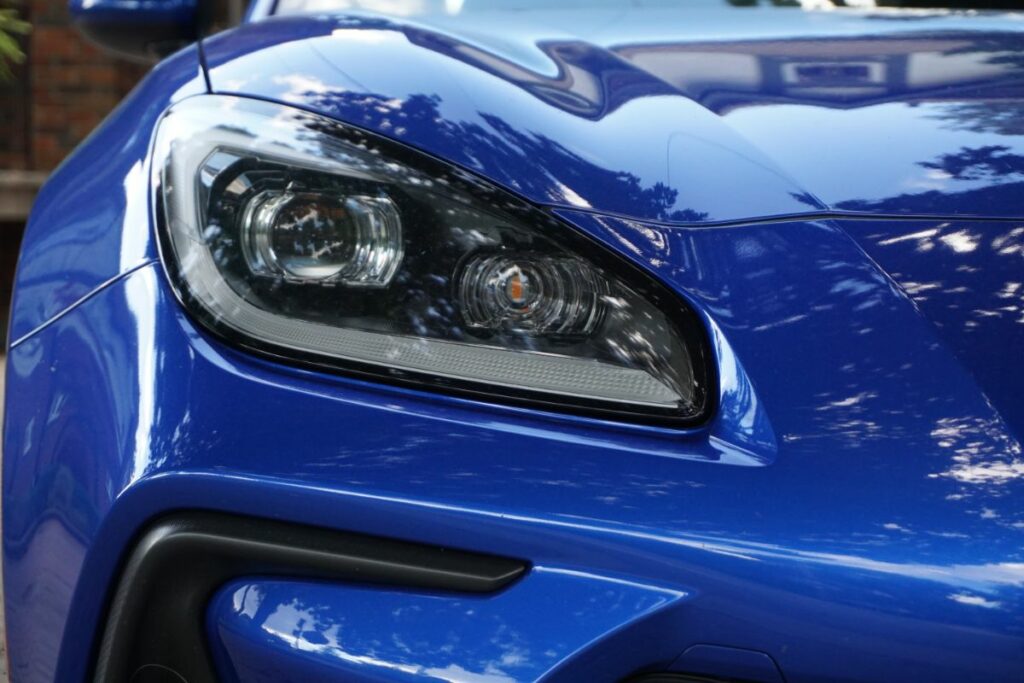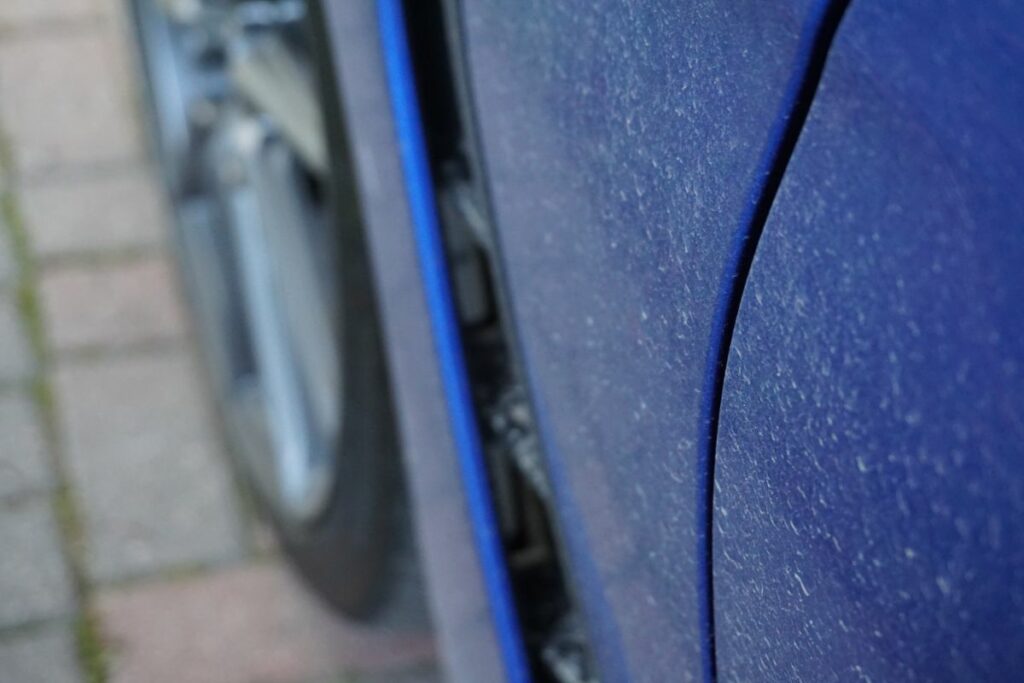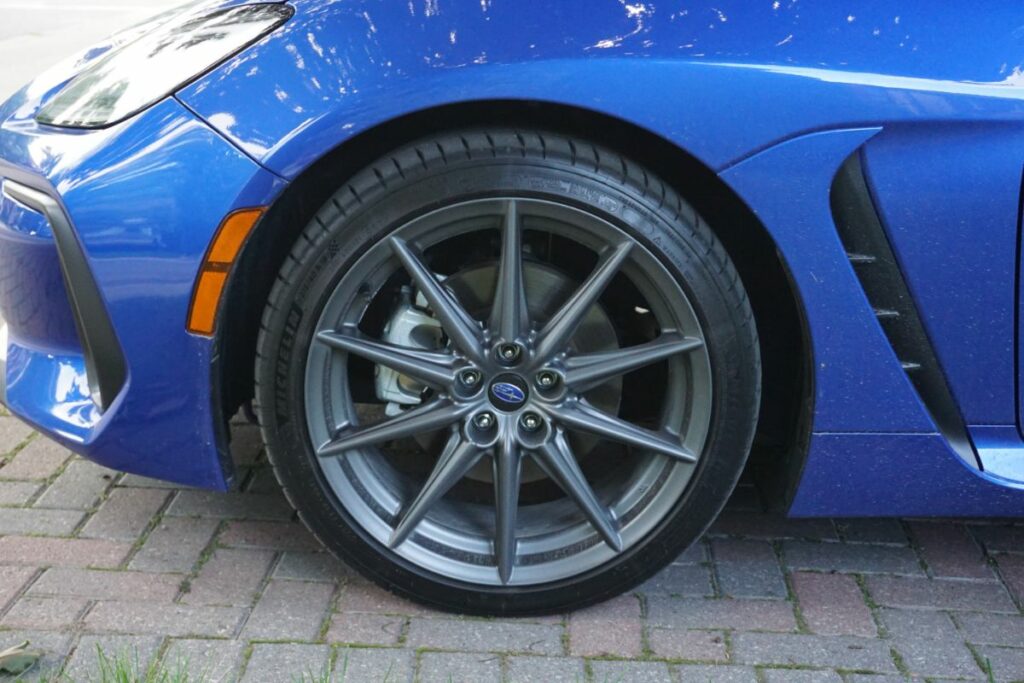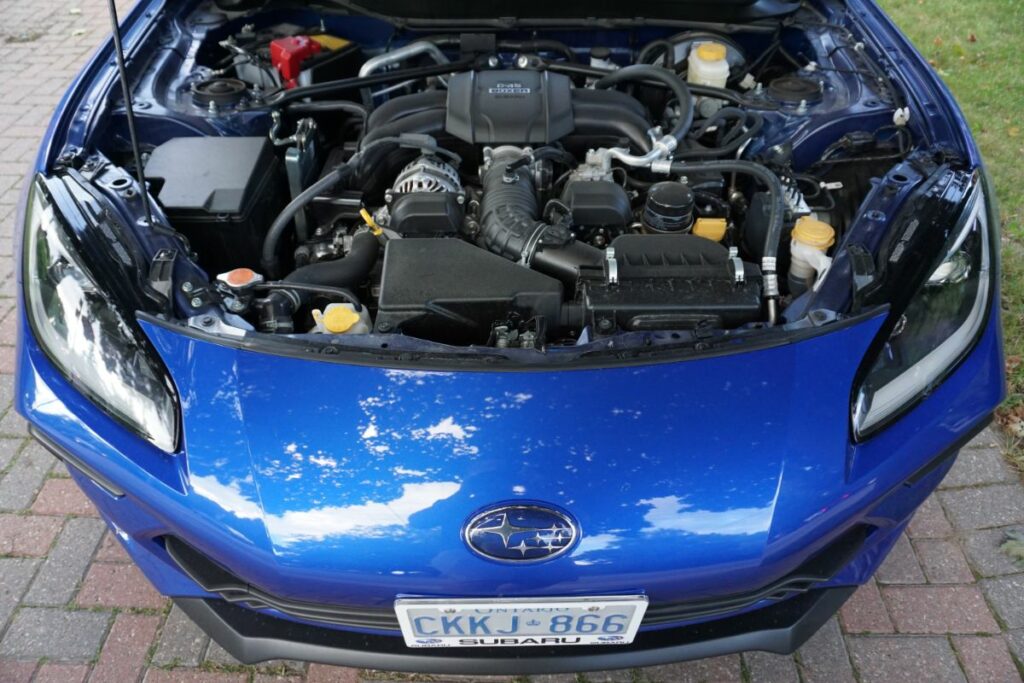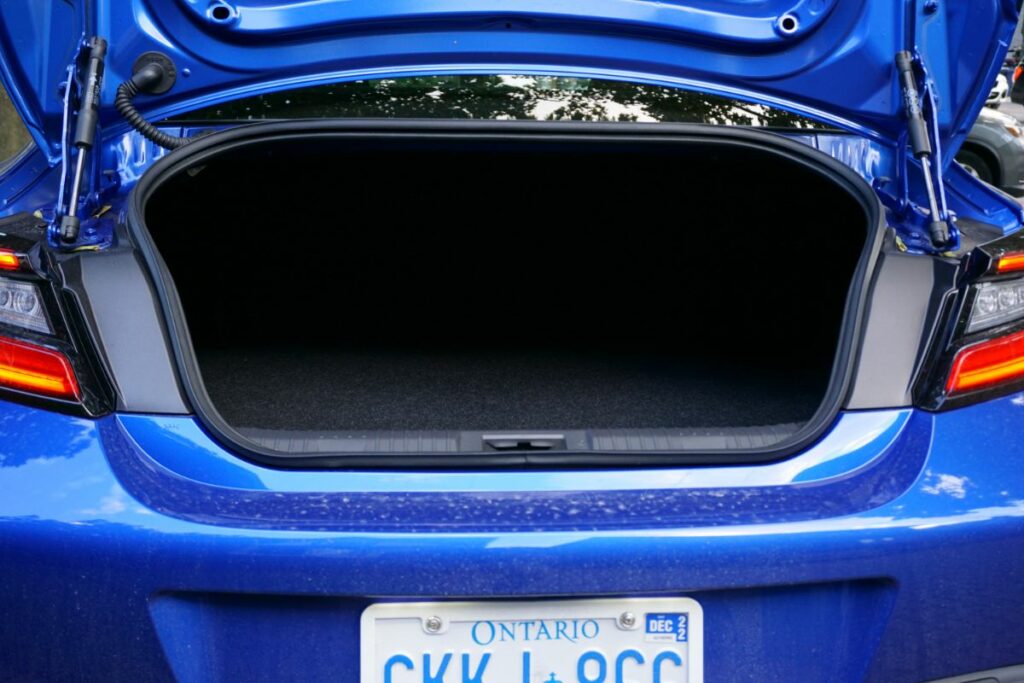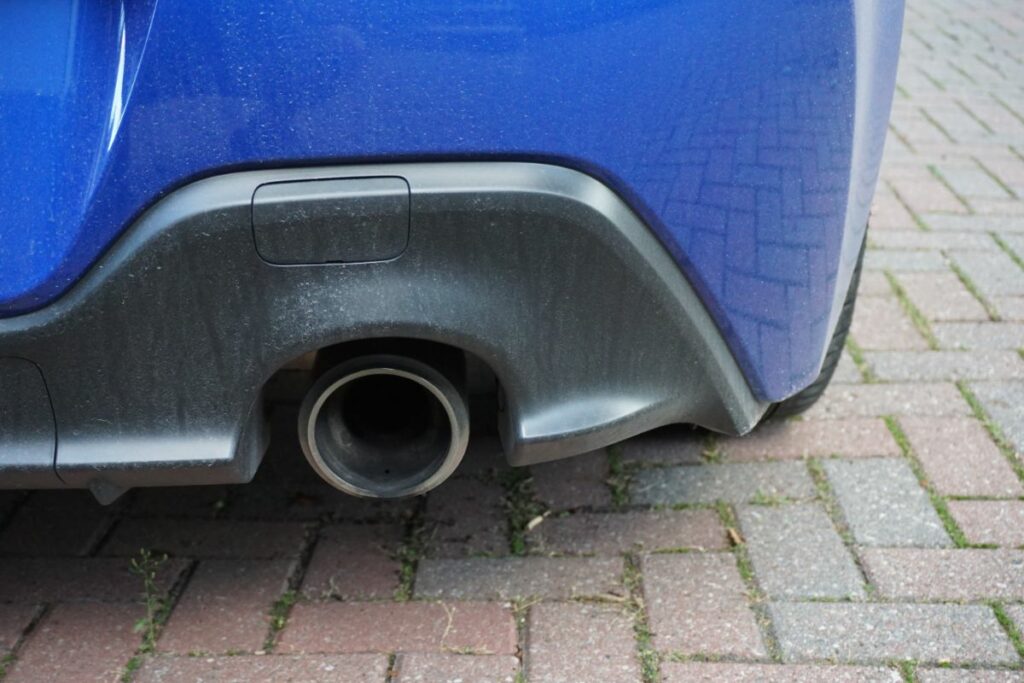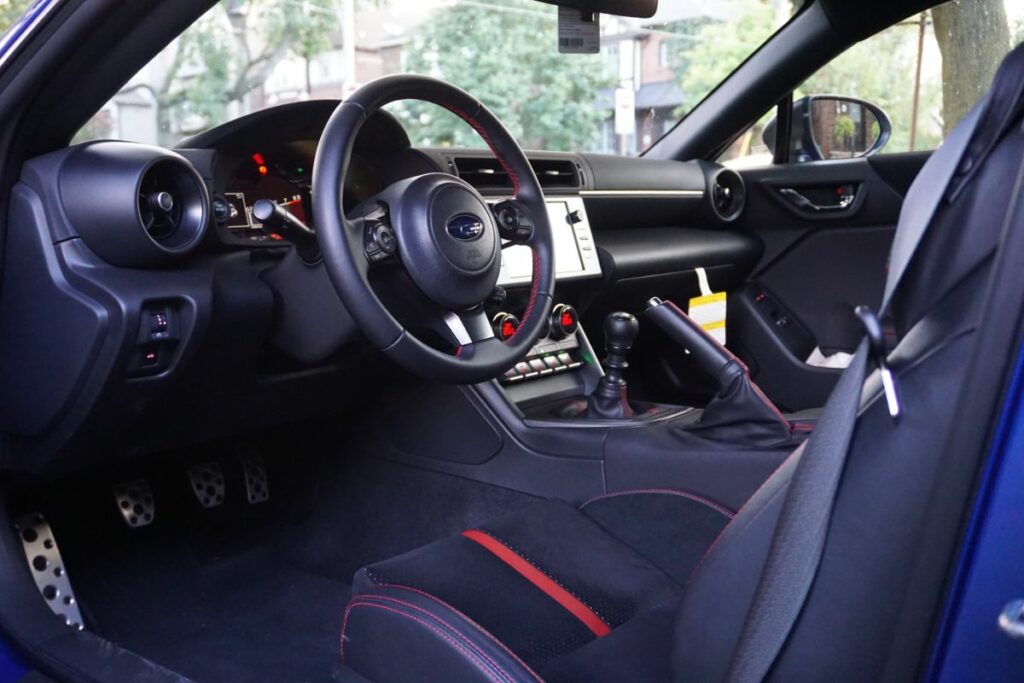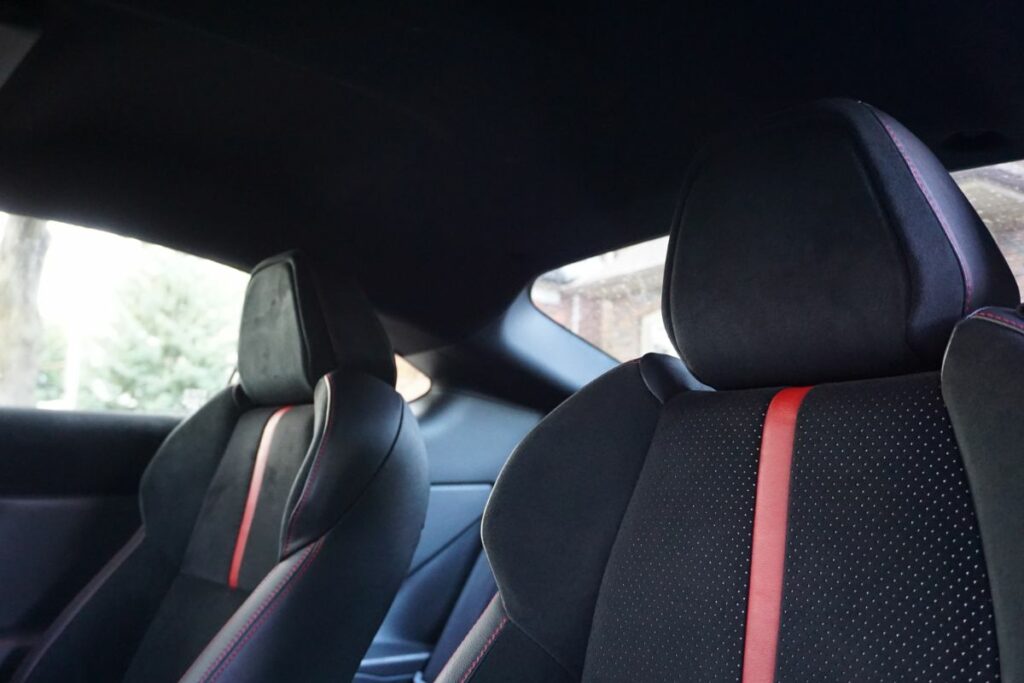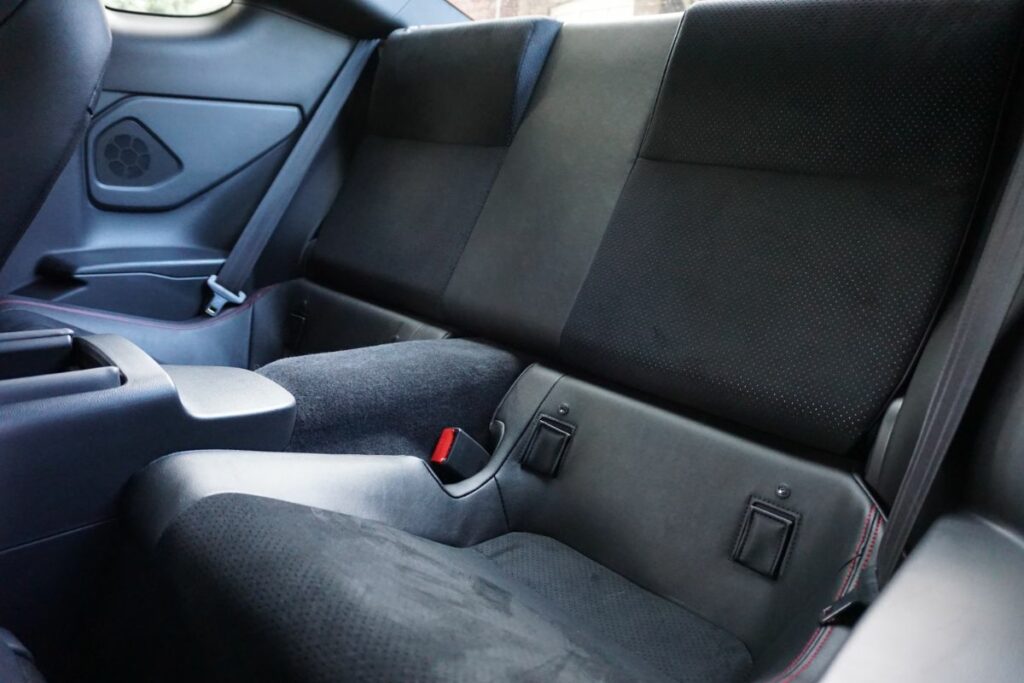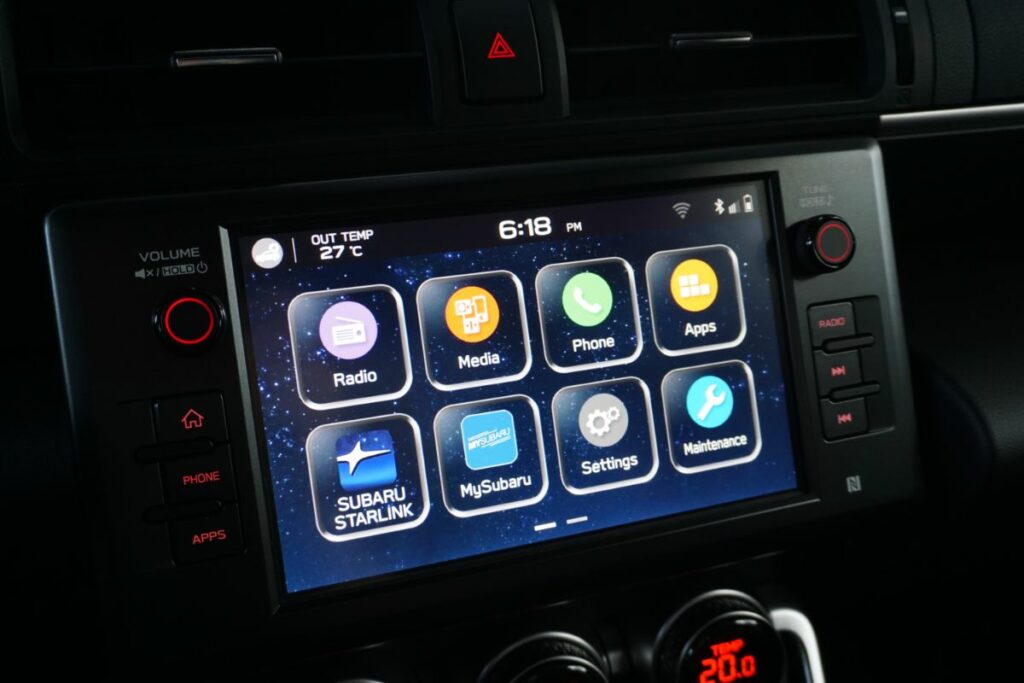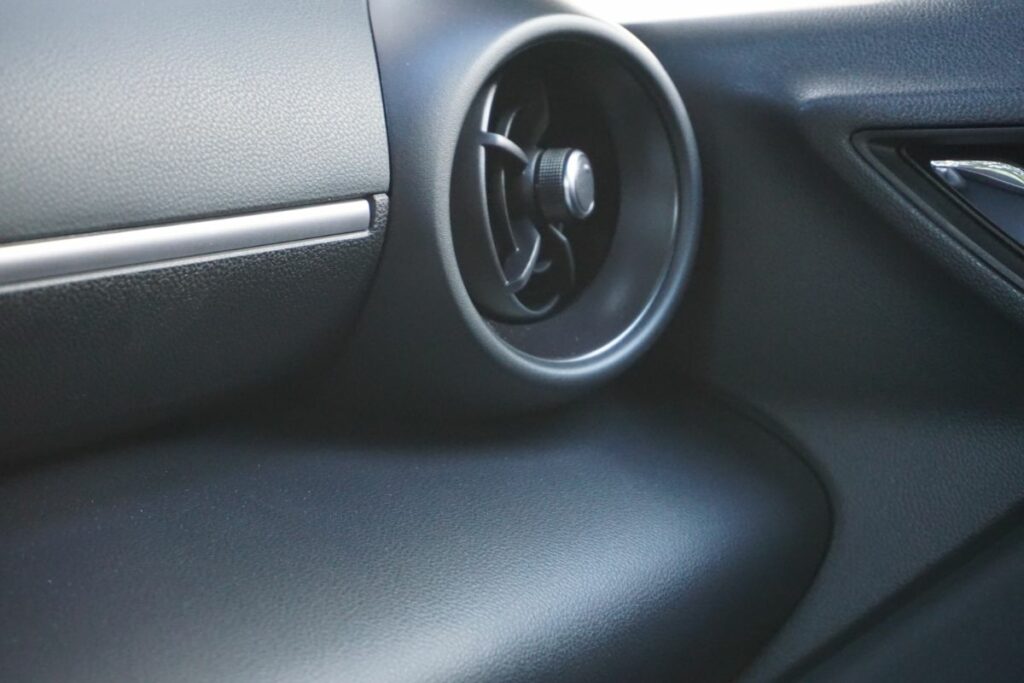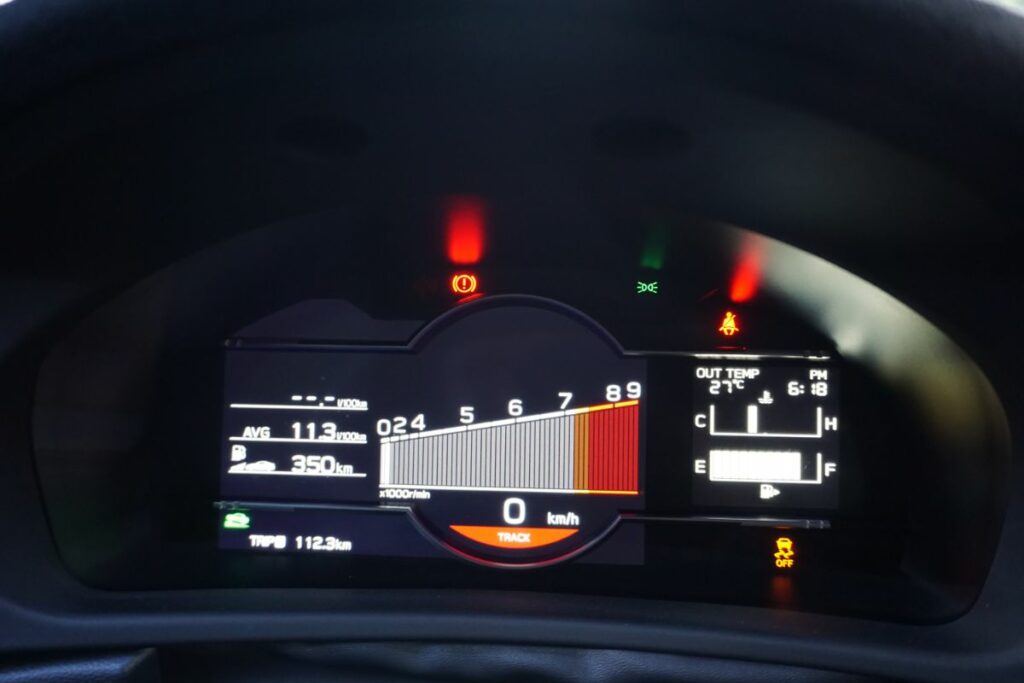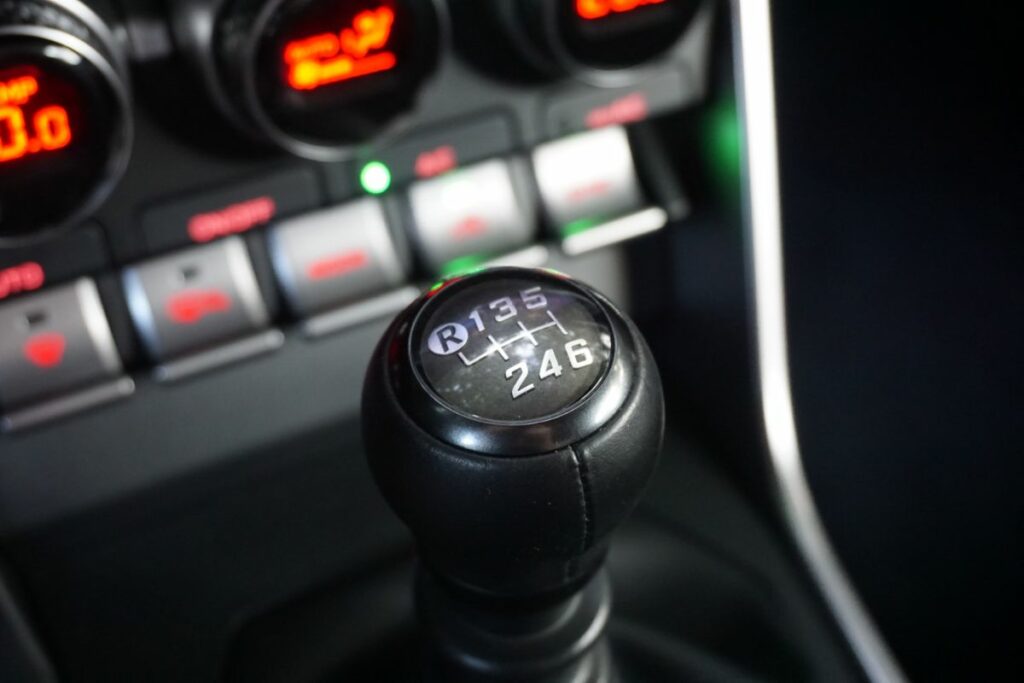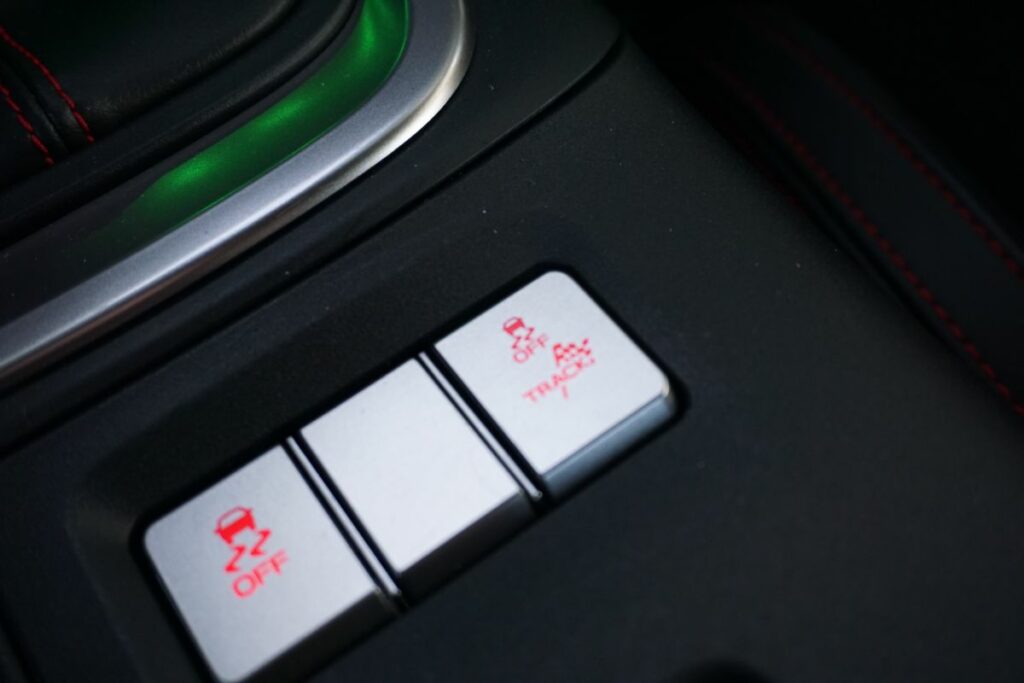Standing around the raging fire, a hush fell over everyone gathered around. The BBQ pitmaster in charge of the cookout, known simply as “The Ove”, worked in stoic silence to get the final touches in order before a heaping pile of beautifully marbled steaks had their date with a searing grill. Satisfied that everything was ready, The Ove took each steak and seasoned them only with salt and pepper; that was it. Fancy spice rubs and cloyingly sweet sauces needed not apply. After lovingly tending to each piece of meat, the steaks were done and with everyone seated around the table, we tucked into our meal. It became very quiet as each diner reveled in the deliciousness with only the sounds of clinking cutlery against dinner plates to be heard. Afterwards, wide grins of contentment spread across the faces of everyone present. Technically it wasn’t anything particularly special that set this evening apart from any other, but it was a truly memorable supper nonetheless. It also served as a reminder that sometimes, the simplest things in life- great steaks, a surging woodfire and good friends- can combine to make for very special experiences and memories.
That same ethos is one that Subaru (and Toyota, since this car was co-developed by the two brands) followed diligently when they released the BRZ (and GR86 in Toyota-land) back in 2012. Previously, only the Mazda MX-5 adhered to a similar recipe that these twins brought to the table; that simple is best. Sometimes, when you want to create memorable cars- or steaks, as the case may be- less is more.
Looking back, we can admit to worrying that these cars would become one hit wonders of the automotive industry; take the world by storm, develop a small fanbase the world over and then fade into the background, never to be heard from again. We sincerely applaud both Subaru and Toyota for greenlighting a second generation of these excellent funsters. There’s really no one else who has stepped up with the cojones to build such cars either because they would rather spend money developing yet another soul crushing crossover or because they think that no one would buy them if they did. You may not care for either one of the Toyobaru offerings, but if you fancy yourself an enthusiast, you should be happy simply that they even exist.
We endeavored to spend as much time as we could flogging the first generation, be it from either brand and shifted by a 6-speed manual or automatic with varying degrees of equipment spread across varying trim levels. Obviously, the manual gearbox examples resonated more with us than the autos, but fundamentally these cars offered a motoring experience in very short supply where the contemporary automotive industry is concerned; light weight cars powered by four cylinder flat four engines sending drive to the rear axle. That recipe translates into heaping helpings of satisfying driving pleasure.
As good as they were, the first-gen cars had some flaws. Thankfully, Subaru and Toyota fixed ‘em all.
There are many improvements over those inaugural models, and the most obvious is the styling. To say that these cars look better than their predecessors is an understatement, at least to our eyes. They are still recognizable for what they are, but carefully chosen yet equally effective amendments made with stylist pens have made for a handsomeness elusive to most two door sports coupes.
Inside, changes are similarly small yet make a profound impact. The instrument panel, now digital, is easier to read than the old analogue gauges- especially at a glance- and can change the look of the readouts depending on the drive mode you have selected. The old infotainment unit- which would have been the talk of the town in 1998- has been replaced with one that still leaves something to be desired with respect to its overall look and menu structure but one that is vastly better than before which makes its shortcomings easier to accept. The stereo too sounds better than ever.
Still, the biggest changes are found where the mechanical bits reside, both under the hood and on the chassis. The former gets a bump in displacement which nets appreciable gains in both horsepower and torque, simultaneously saying goodbye to the dreaded ‘power dip’ that plagued the old models with an embarrassing sag in midrange power. The current version makes the BRZ much, much quicker and even sounds better while going about its business from idle to redline. The latter sees improvements in the suspension design and tuning, and although the old Prius Ecopia tires were fun to induce effortless bouts of lurid oversteer, the newfound \availability of Michelin Cup tires is one we as well as those who identify as track/autocross rats will welcome with open arms.
With press releases and spec sheets pored over, we were itching to get the BRZ out on the road. Our journey began… with a slow-moving highway slog across the city. This scenario called into stark relief at how poorly the scrappy Subie fares as a commuter. Actually, that is not entirely fair because the BRZ will run errands and do the commuting thing with nary a complaint; but for and passengers, it’s another story. The small size overall coupled with somewhat uncompromising ride quality which leans towards sharp handling rather than comfort which is tied to the lack of space to put stuff mean that you might want to reach for your Impreza’s keys if the need calls for simply running around the city. Practicality is not the BRZ’s strong suit.
It's the same story when the conversation shifts towards long trips. High-speed jaunts across multiple time zones is not what you buy a BRZ for. If you have drawn the short straw and are relegated to the rear seats, you had better be flexible because the journey before you is going to suck. For those lucky enough to be up front, don’t expect hushed wind and road noise because that ain’t gonna happen. This car is loud and not exactly refined- and where there are some that see this as a shameful demerit, others see a machine that more directly connects you to what’s going on around you and makes for a more visceral and involving driving experience.
And isn’t that why you want to buy a car like this? The BRZ is as simple and honest as the day is long, and while some might miss noise cancellation technology and thick paned glass this car is a staunch reminder of the way things used to be when recalling its ancestors, except that the BRZ will start faithful each morning, blow cold air from the A/C on hot days and navigate stop and go traffic with the temperature gauge needle stoically pegged at the ideal operating temperature.
When you finally free the BRZ from the clutches of urban motoring, it really comes into its own. That confining cockpit becomes an expertly tailored suit offering great visibility which allows you to put the car exactly where you want. Helping achieve that level of precision is a steering rack that while electrically assisted, offers great feedback and the ability to place the right front wheel directly over the ‘Tim Horton’s’ script on the coffee cup lying in the in apex of an upcoming corner. The brakes might look small when you peer at them behind the wheels, but they are easily up to the task of scrubbing off speed and offer great feel. Actually, the whole control interface, culminating in the lovely snick-snick of the manual gear lever all come together to spoil the lucky soul behind the wheel with the sort of driving nirvana that is so elusive at any price, never mine one whose number begins with a 3. This is a car that rewards thoughfully considered inputs and momentum that is carefully preserved as much as possible. If you don’t crack a smile or experience butterflies of happiness while driving this car, well, you’re not doing it right.
Could the BRZ benefit from the use of higher quality materials inside as well as an engine soundtrack that didn’t sound a tad unhappy as the tach approaches redline? Yes and yes. But is there a car that exists at the BRZ’s price point that delivers as much smiles per mile? No, there is not.
After a week spent in the driver’s seat of the BRZ, we felt able to draw a few conclusions in summing up what life is like in this unique car. We think that the BRZ represents the best of the current Subaru lineup, and yes, we are aware there’s a brand new WRX on sale as well as the Ascent which by default serves as the flagship model. While it may not have the brand’s signature Symmetrical All-Wheel Drive, the BRZ exhibits a playfulness and exactitude that you simply cannot find anywhere else. It dawned on us that a generation of enthusiasts are going to slide behind the wheel of one of these and achieve the enlightenment that comes after putting a BRZ through its paces, ostensibly to act as a gateway drug towards other cheap, fun sports cars. But will it be too late? With the industry’s unabated march towards electrification, we wonder how many model years the BRZ will endure before the battery packs move in. When that happens, we have no doubt the engineers will bend over backwards to make it fun. Try as they might, they will never be able to capture the lighting-in-a-bottle effect that surrounds this current BRZ. We were utterly smitten by it, and if you like sports cars, you will be too.
Do you need a car that isn’t particularly practical and isn’t what you’d describe as all-day comfortable, and that constantly makes you aware of your age as you try gracefully (without much success) to enter and exit the cockpit gracefully? No, you don’t.
But do you want a car that captures the waning flame of a true sports car, one that embodies a modern Austin Martin DB5, Triumph Spitfire or Jaguar E Type Coupe- some of the founding forefathers of the sports car movement- but one that actually starts happily each day and will not threaten to fall apart if you look at funny? If you answered ‘Yes’, then ladies and gentlemen, look no further for your next ride.
2022 Subaru BRZ Sport-tech — Specifications
- Price as tested: $35,774
- Body Type: 2+2 passenger coupe
- Powertrain Layout: Front engine/rear-wheel drive
- Transmission: 6-speed manual
- Engine: 2.0 litre horizontally opposed 4-cylinder, DOHC, 16 valves
- Horsepower: 228 @ 7,000 rpm
- Torque (lbs-ft.): 184 @ 3,700 rpm
- Curb weight: 1,296 kg (2,857 lbs)
- Observed Fuel Consumption: 9.8L/100km (23 mpg)
